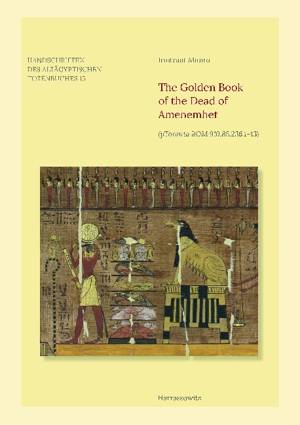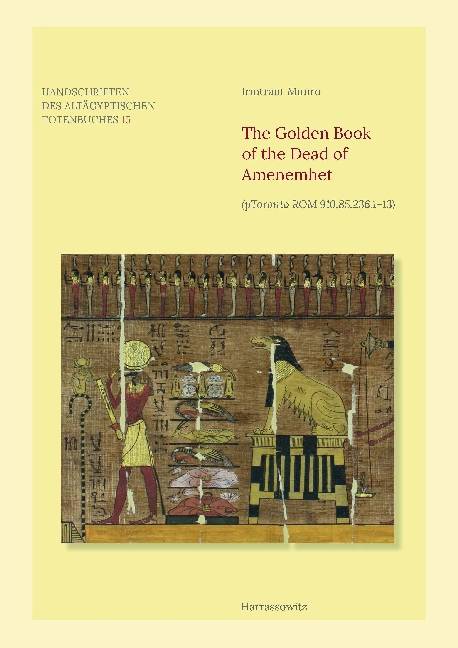
Je cadeautjes zeker op tijd in huis hebben voor de feestdagen? Kom langs in onze winkels en vind het perfecte geschenk!
- Afhalen na 1 uur in een winkel met voorraad
- Gratis thuislevering in België vanaf € 30
- Ruim aanbod met 7 miljoen producten
Je cadeautjes zeker op tijd in huis hebben voor de feestdagen? Kom langs in onze winkels en vind het perfecte geschenk!
- Afhalen na 1 uur in een winkel met voorraad
- Gratis thuislevering in België vanaf € 30
- Ruim aanbod met 7 miljoen producten
Zoeken
€ 219,45
+ 438 punten
Omschrijving
The acquisition of the manuscript for the Royal Ontario Museum in Toronto dates back in all likelihood almost one hundred years. Then, in 2006, Irmtraut Munro discovered, inside an old tin can and embedded in cotton wool, two tightly rolled, brittle and fragile papyrus scrolls whose existence had been forgotten. The scrolls have turned out to be the upper and lower parts of the same manuscript. After a professional conservation and reassembly of the numerous loose fragments, the papyrus can now be presented in an excellent condition. The use of rare and expensive color pigments and the sumptuous leaf gilding applied for the decoration of its full-size vignettes is without equal and indicates the high social status and economic power of its erstwhile owner. Although the papyrus does mention the owner's name and his hitherto unknown priestly title together with the name of his father and mother, no other documents of the family can be traced elsewhere. The dating of the manuscript into the early Ptolemaic Period can only be solidly determined on palaeographical, stylistic and iconographic grounds. Insect feeding marks on the papyrus allow the gathering of exact empirical data for the calculation of missing portions of scrolls.
Specificaties
Betrokkenen
- Auteur(s):
- Uitgeverij:
Inhoud
- Aantal bladzijden:
- 165
- Taal:
- Engels
- Reeks:
- Reeksnummer:
- nr. 14
Eigenschappen
- Productcode (EAN):
- 9783447104265
- Verschijningsdatum:
- 6/10/2015
- Uitvoering:
- Hardcover
- Formaat:
- Genaaid
- Afmetingen:
- 210 mm x 297 mm
- Gewicht:
- 439 g

Alleen bij Standaard Boekhandel
+ 438 punten op je klantenkaart van Standaard Boekhandel
Beoordelingen
We publiceren alleen reviews die voldoen aan de voorwaarden voor reviews. Bekijk onze voorwaarden voor reviews.









